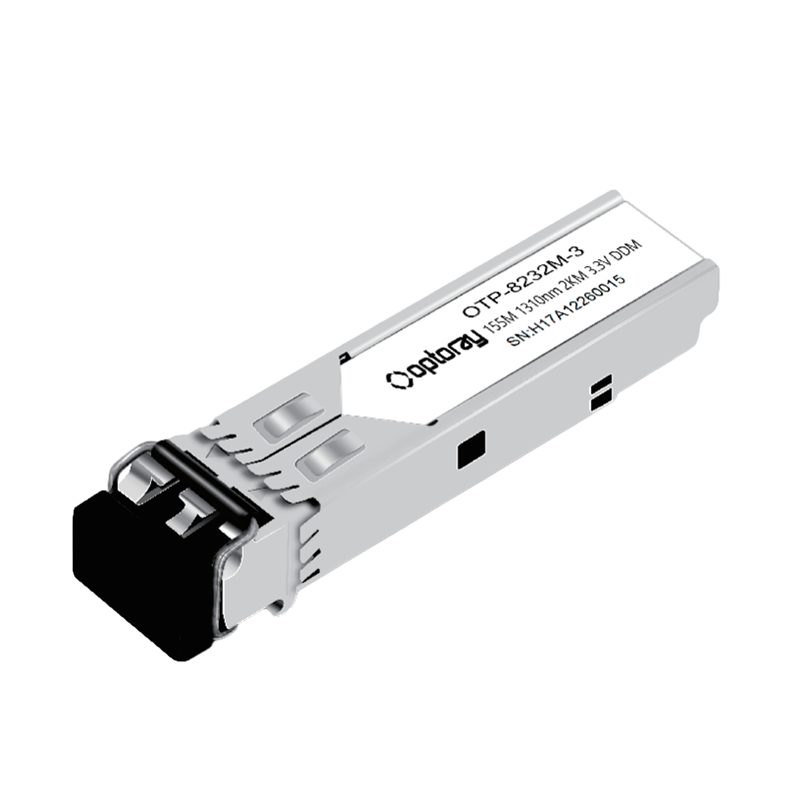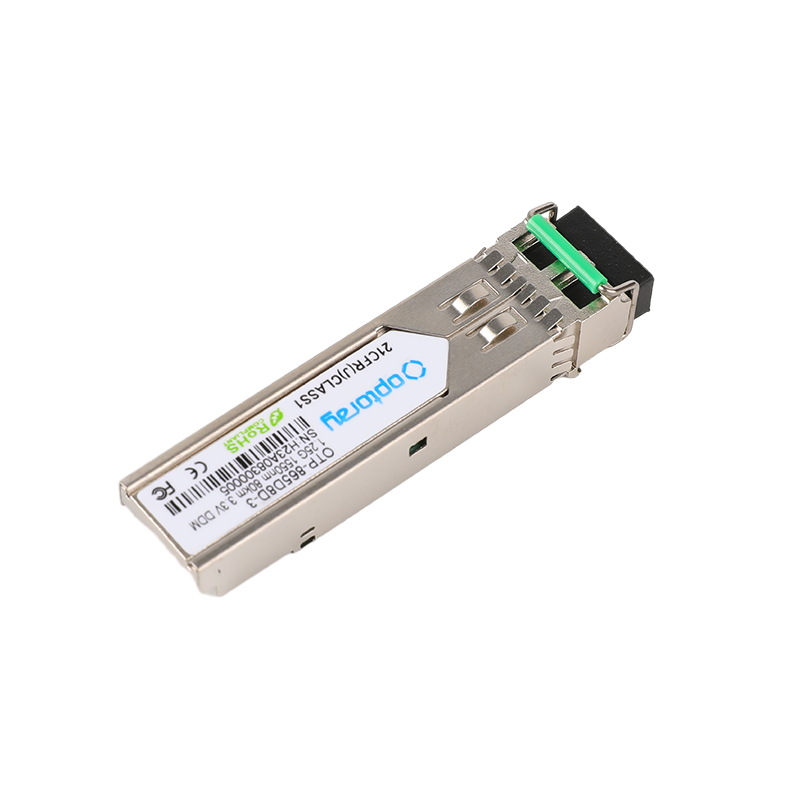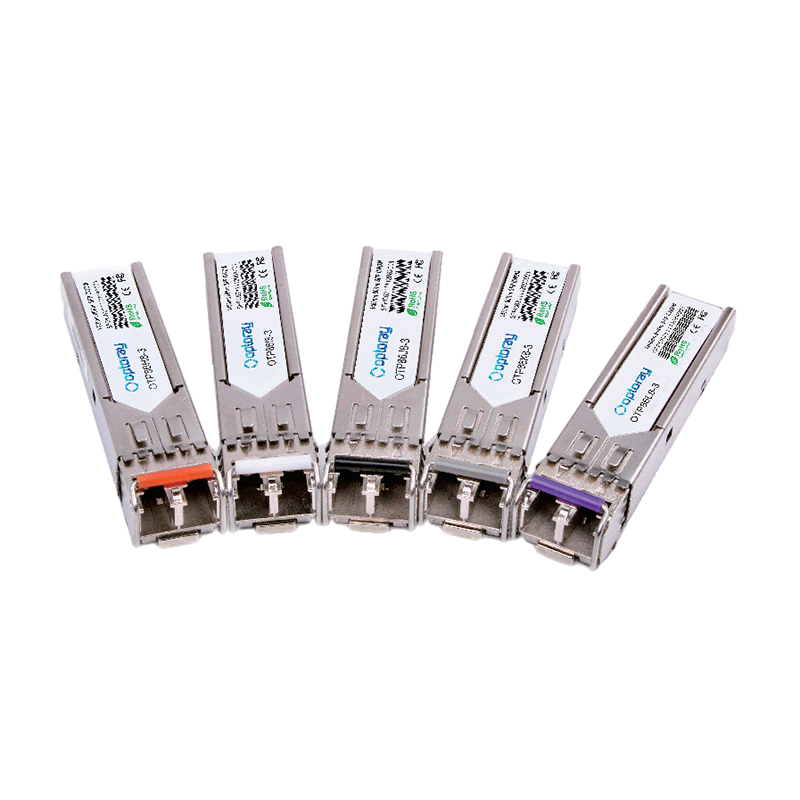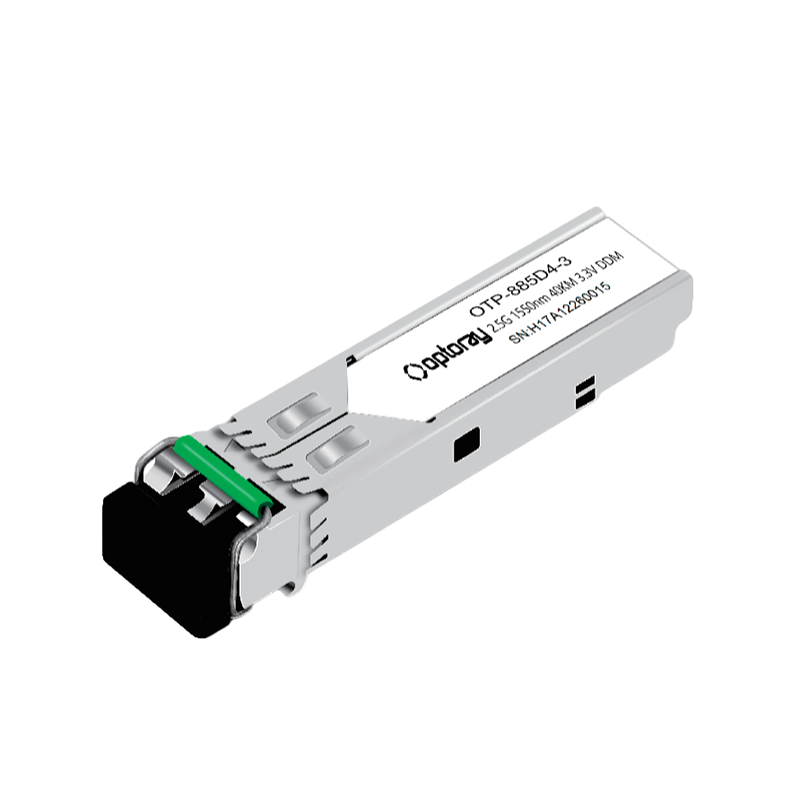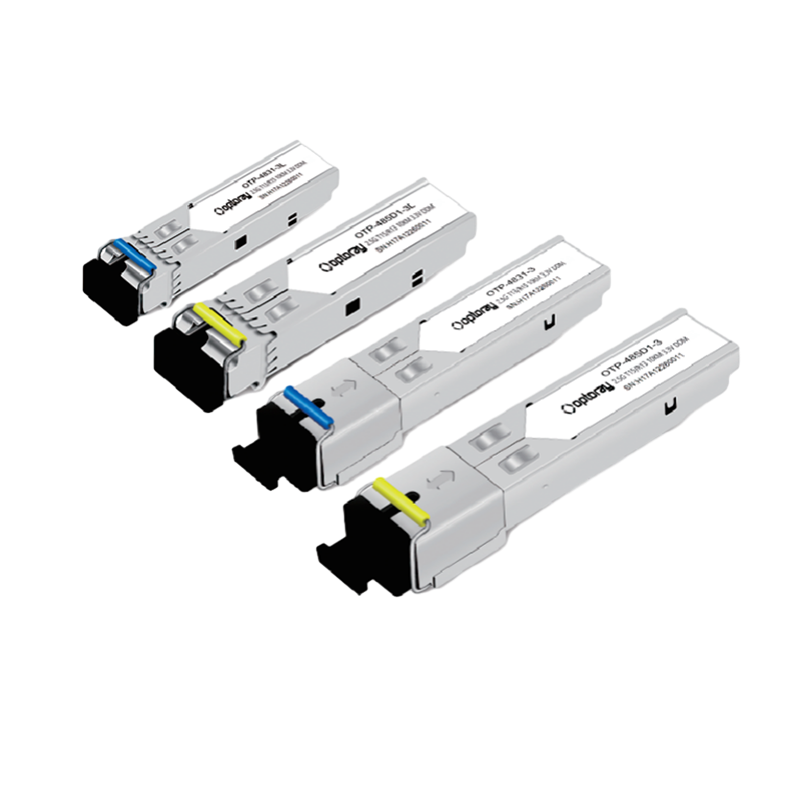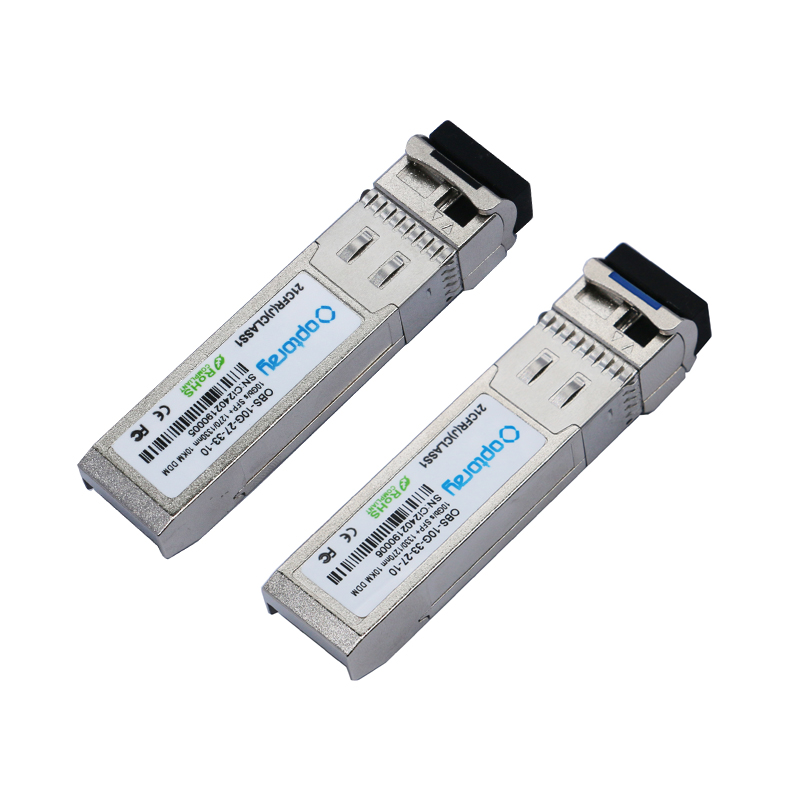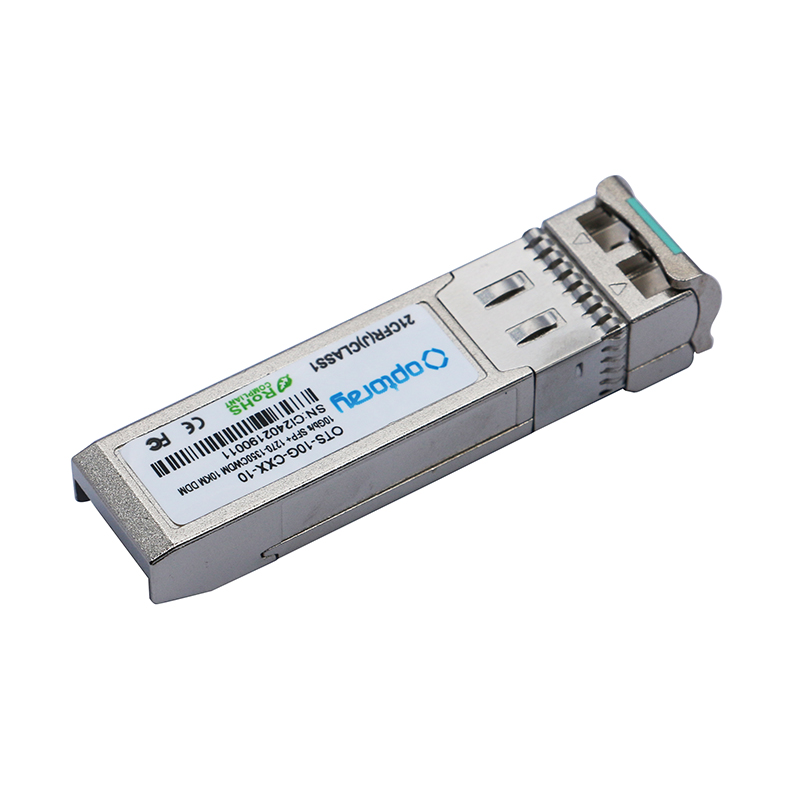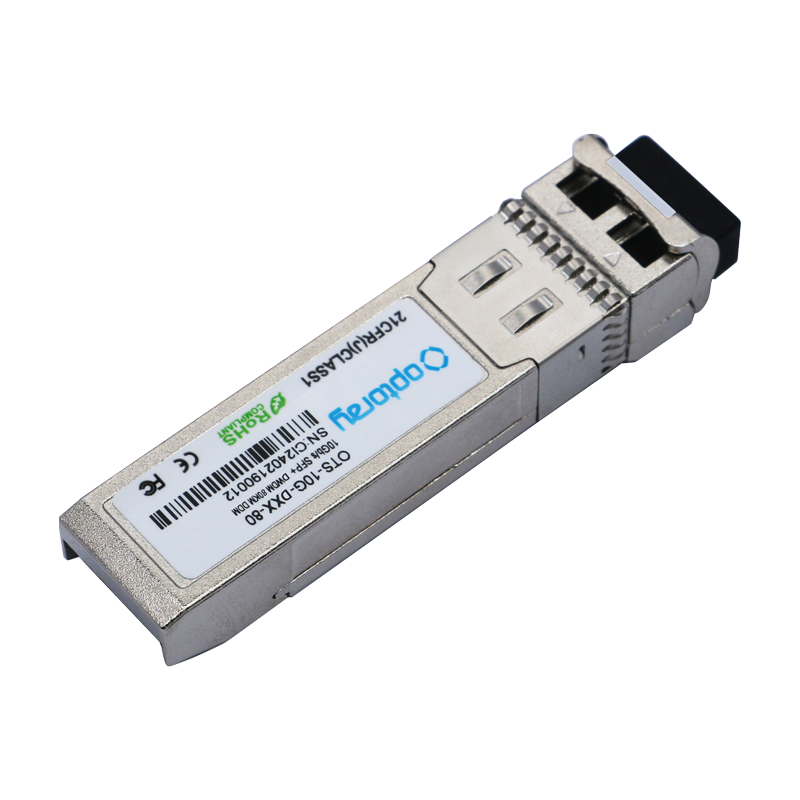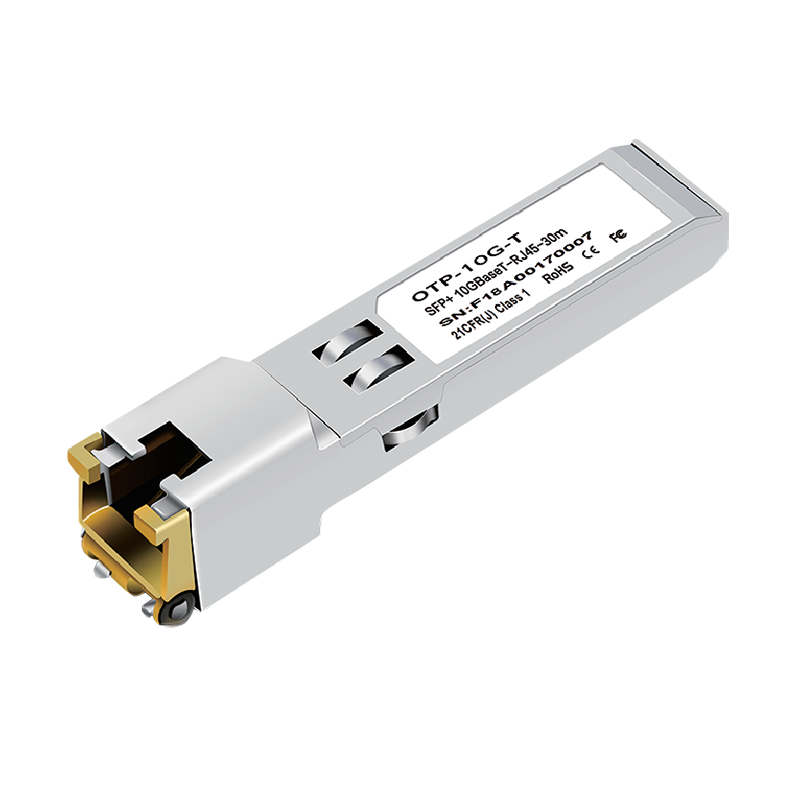+86-0559-5290604
SFP module: the key link of network communication
In today's digital age, the rapid development of network communication has made efficient data transmission the key. Behind this, SFP module, as an important component in network equipment, is playing an indispensable role. With its unique performance and characteristics, it has laid a solid foundation for building high-speed and stable network connections.
1. What is SFP module?
SFP, that is, Small Form-factor Pluggable. By definition, it is an optical module that follows specific standards, mainly used to realize the mutual conversion of optical signals and electrical signals between network devices. This module is small in size, usually only the size of a thumb, but it contains powerful functions.
The birth of SFP module can be regarded as a major innovation in the field of network communication. Before it appeared, GBIC (Gigabit Interface Converter) was a more commonly used network connection component. However, GBIC module is large in size and has certain limitations in improving the port density of equipment. The emergence of SFP modules has solved this problem well. Its size is reduced by about half compared to GBIC modules, which enables more than double the number of ports to be configured on the same device panel, greatly improving the port density of the device and facilitating the expansion and upgrade of the network.
2. Working principle of SFP modules
The working principle of SFP modules is based on optical communication technology. At the transmitting end, it converts the electrical signal from the network device into an optical signal and transmits it through optical fiber. Specifically, the electrical signal is first input into the driving circuit inside the module. After the driving circuit processes and amplifies the electrical signal, it controls the laser to convert the electrical signal into the corresponding optical signal, and then sends the optical signal out through the optical fiber.
At the receiving end, the process is the opposite. The photodetector in the SFP module is responsible for receiving the optical signal from the optical fiber and converting it into an electrical signal. Then, the electrical signal is amplified by the preamplifier, and then shaped and restored by the subsequent processing circuit, and finally the processed electrical signal is output to the network device.

III. Classification of SFP modules
(I) Classification by speed
100Base SFP: usually represents the transmission speed of 100Mbps and 155Mbps, and has been widely used in scenarios such as Fast Ethernet, SDH/SONET and ATM. However, with the rapid development of network technology, most devices have been upgraded to 1G or higher speeds, and only a few suppliers are still providing this type of module.
1000Base SFP: also known as 1G or Gigabit rate module, is the most popular transceiver type in the field of data communication, with many suppliers on the market and rich options.
2G SFP: includes 2G Fibre Channel and 2.5G transmission speeds, suitable for 2x FC SAN switches and SDH/SONET equipment.
10G SFP+: As an upgraded version of the SFP module, it supports data transmission rates up to 10Gbps and has been widely used in application scenarios with high bandwidth requirements, such as internal network connections in data centers, high-performance computing and other fields. Its appearance and size are the same as those of ordinary SFP modules, but its performance has been significantly improved.
25G SFP28: It can achieve high-speed data transmission of 25Gbps, meeting the current demand for higher bandwidth for some emerging applications, and gradually emerging in scenarios such as high-speed interconnection in data centers.
(II) Classification by wavelength
850nm SFP: It belongs to a multi-mode SFP module with a typical wavelength of 850nm. At this wavelength, the signal transmission distance of multi-mode optical fiber is relatively short, generally less than 2km. However, it performs well in short-distance, high-bandwidth application scenarios, such as short-distance connections within data centers.
1310nm SFP: It is a common wavelength type for single-mode SFP modules. Single-mode optical fiber with a 1310nm wavelength SFP module can achieve a transmission distance of more than 2km, and is often used for medium and short-distance network connections, such as campus network backbone links.
1550nm SFP: Also the wavelength of a single-mode SFP module, compared to the 1310nm wavelength, the 1550nm wavelength has lower transmission loss in single-mode optical fiber and a longer transmission distance, which can achieve long-distance transmission of tens or even hundreds of kilometers, and is suitable for long-distance transmission scenarios such as wide area network connections and metropolitan area network backbones.
(III) Classification by transmission medium
Multimode SFP: Supports multimode optical fiber wiring such as OM1, OM2, OM3, OM4 and OM5. The performance of multimode optical fibers of different grades varies. The higher the grade, the better the performance such as bandwidth and transmission distance. Multimode SFP modules are often used in short-distance, high-bandwidth and cost-sensitive network environments, such as enterprise internal LANs and short-distance interconnections within data centers.

Single-mode SFP: Suitable for 9/125μm single-mode optical fiber (SMF) wiring, which can provide the maximum link transmission distance. Generally speaking, its typical transmission distance is 10km or 20km. In some special application scenarios, it can even reach 180km. It is often used for long-distance, large-capacity data transmission, such as cross-city data center interconnection, wide area network backbone links, etc.
Copper cable SFP: This type of module uses traditional copper cables, such as network cables or DAC (Direct Attach Cable) to transmit signals. Compared with optical fiber transmission, copper cable SFP modules are less expensive and suitable for short-distance, cost-sensitive and low-speed transmission scenarios, such as short-distance device connections in some small enterprise networks.
IV. Advantages of SFP modules
(I) Hot-swappable features
The SFP module has hot-swappable function, which means that during the operation of network equipment, the module can be directly inserted or unplugged without turning off the power of the equipment. This feature brings great convenience to the maintenance and upgrade of the network, greatly reduces the service interruption time caused by equipment downtime, and improves the availability and reliability of the network.
(II) Compact size
The SFP module is small in size and has a high port density. This feature enables network devices to provide more network interfaces within a limited space, thus meeting the growing demand for network connections. Taking switches as an example, switches using SFP modules can provide more ports in the same chassis size, making network deployment more flexible and efficient, especially suitable for scenarios such as data centers with limited space.
(III) High cost-effectiveness
On the one hand, due to the large-scale production of SFP modules, there are many suppliers in the market and fierce competition, which makes its price relatively affordable. On the other hand, when upgrading the network, users only need to replace the corresponding SFP modules without replacing the entire network equipment, which greatly reduces the cost of network upgrades.
(IV) Wide compatibility
SFP modules follow a unified multi-source agreement (MSA), which enables SFP modules produced by different manufacturers to be used on network devices with the same interface. This wide compatibility provides users with more flexibility in choosing network devices and modules. Users can choose high-quality SFP modules of different brands according to their own needs and budgets without having to worry about compatibility issues. At the same time, it also promotes market competition and promotes the continuous advancement of SFP module technology and the reduction of costs.
V. Application scenarios of SFP modules
(I) Data center
In data centers, SFP modules undertake the important task of high-speed data transmission and exchange. A large number of network connections within data centers, such as between servers, between servers and switches, and between switches, cannot be separated from SFP modules. For example, 10G SFP+ modules are often used for high-speed link connections between core switches and aggregation switches within data centers to meet the needs of rapid exchange and transmission of massive data within data centers; while 25G SFP28 modules are used in some data center scenarios with higher bandwidth requirements, such as the connection between high-performance computing clusters and storage devices, to ensure that data can be transmitted in a high-speed and stable manner and to ensure the efficient operation of data centers.
(II) Enterprise network
In enterprise networks, SFP modules also play a key role. From the office network within the enterprise to the campus network, SFP modules are used to achieve connections between different devices. For example, in an enterprise campus network, a 1G SFP module can be used to connect floor switches and core switches in an office building to build a stable and reliable campus network backbone link; while inside the office, a multi-mode SFP module can be used to connect desktop computers and access switches to meet employees' daily office needs for network bandwidth.
(III) Telecommunications network
In the field of telecommunications networks, SFP modules are important components for achieving long-distance, high-capacity data transmission. The backbone networks and metropolitan area networks of telecommunications operators require long-distance data transmission and exchange. Single-mode SFP modules have become the first choice in telecommunications networks due to their long-distance transmission advantages. Single-mode SFP modules with a wavelength of 1550nm are often used for network connections between different cities in the telecommunications backbone network to achieve cross-regional data transmission; and in the metropolitan area network, SFP modules are also widely used in connections between different local-end devices to ensure that the telecommunications network can stably and efficiently provide users with various communication services such as voice, data, and video.
As a key component in the field of network communications, SFP modules play an irreplaceable role in building modern high-speed and stable networks with their unique advantages and a wide range of application scenarios. As technology continues to advance, SFP modules will continue to innovate and develop, making greater contributions to further improving network communication technology.



 English
English русский
русский


